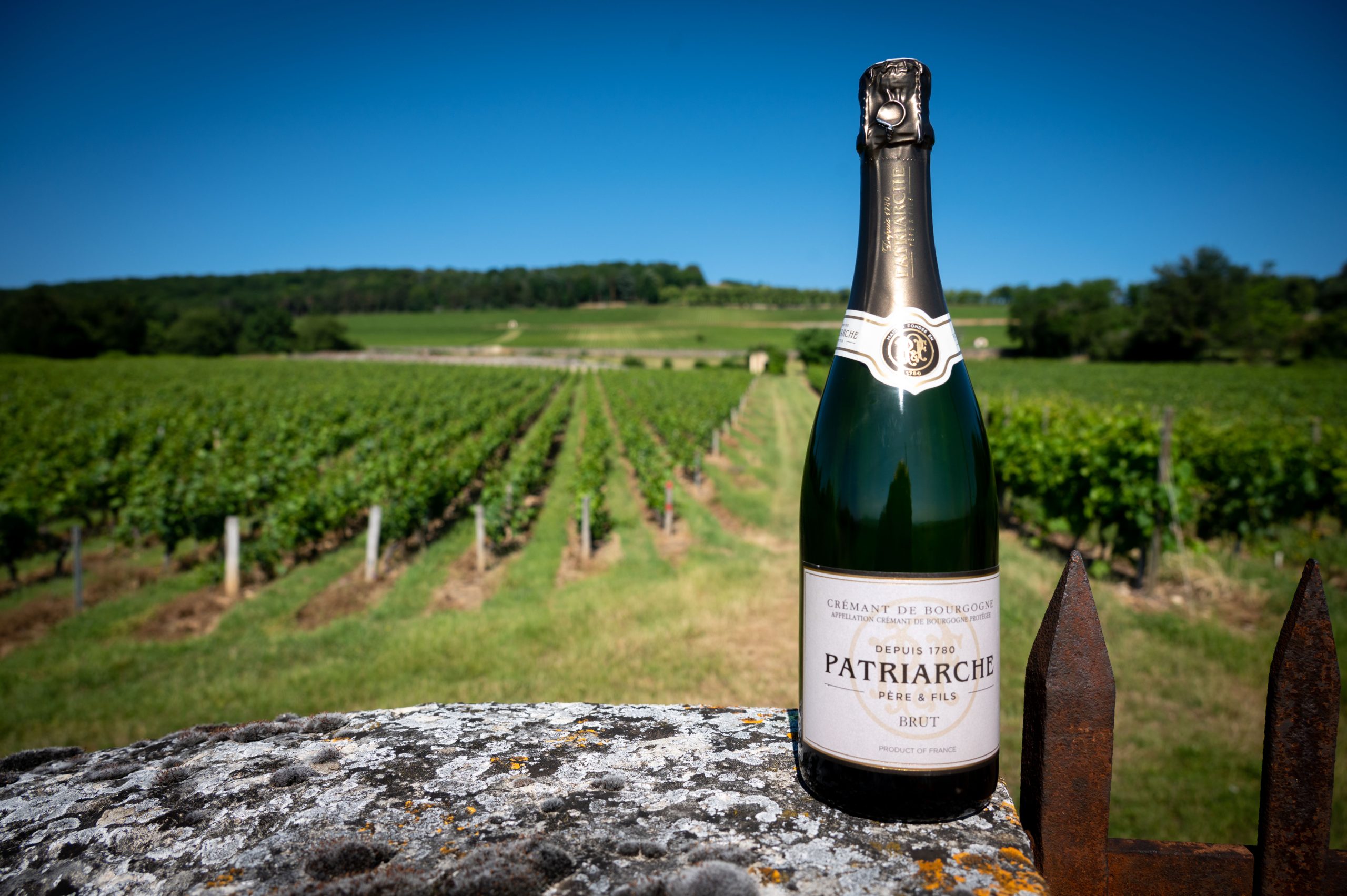Thermenregion protected with DAC
Regionally-typical wines from the Thermenregion are now protected with a Districtus Austriae Controllatus (DAC), making this the final wine-growing region to join the system.

The DAC wines will be classified into three different tiers: Gebietswein – regional wine; Ortswein – “villages” wine; and Riedenwein – single-vineyard wine. All will make their debut in the 2023 vintage with native white wine varieties Rotgipfler and Zierfandler featuring alongside the Burgundian grapes (Chardonnay, Pinot Blanc, St. Laurent and Pinot Noir).
The news is the culmination of the Thermenregion DAC project, which has taken 20 years to complete, commencing with the Weinviertel DAC in 2003. DAC is a legal designation of origin for Austrian Qualitätswein with regional typicity. It means if the name of a wine-growing region appears on the label in conjunction with “DAC”, the wine in the bottle is a typical Qualitätswein for the region, and has been made from grapes harvested exclusively in that very region.
The first DAC wines from this wine-growing region south of Vienna in Niederösterreich (Lower Austria) will be produced from the 2023 harvest. Riedenwein – a single-vineyard wine – represents the pinnacle of the three-tier origin pyramid for the Thermenregion DAC and includes the flagship varieties of Zierfandler, Rotgipfler, St. Laurent and Pinot Noir, alongside Pinot Blanc and Chardonnay.
The Ortswein – villages wine – occupies the centre DAC tier and includes the above varieties, as well as Pinot Gris and Zweigelt (Rotburger). The DAC villages of the Thermenregion are Perchtoldsdorf, Gumpoldskirchen, Tattendorf, Wiener Neustadt and Bad Vöslau.
The regional wines, with no mention of the municipality or Ried on the label, are sold as Gebietswein Thermenregion DAC and include all the above varieties, together with Neuburger, Gemischter Satz (field blend) and Blauer Portugieser, resulting in a wide diversity of wines.
Partner Content
Speaking about the news, Chris Yorke, CEO of the Austrian Wine Marketing Board (Austrian Wine), said: “I am delighted that the Thermenregion DAC has now completed the DAC family.
“The DAC system is an Austrian success story. It enables every region to legally protect its regionally typical wine styles. This is extremely important in the wine industry because grape varieties are interchangeable. Origins aren’t!”
The key points of the DAC regulation, which is currently in the final phase of legal implementation, were presented in Baden bei Wien at the end of May. In order to facilitate the marketing of Thermenregion wines at both a national and international level, the region’s winegrowers have decided to create larger wine-growing municipalities by extending them beyond official boundaries, solely within the scope of the DAC regulation. For example, from the 2023 vintage onwards, wines from the politically divided cadastral municipalities of Pfaffstätten, Traiskirchen, Guntramsdorf and Mödling can be sold as Thermenregion DAC Gumpoldskirchen.
Heinrich Hartl, President of the Thermenregion regional wine committee, said: “This new approach to organising municipalities may seem a little unusual at first, but establishing the cross-boundary wine-growing municipalities of Perchtoldsdorf, Gumpoldskirchen, Tattendorf, Wiener Neustadt and Bad Vöslau will make us more competitive in the future.”
Tastings of the first Thermenregion DAC wines are planned for spring 2024.
Related news
Under-the-radar red wine proves Austria's versatility
Austrian Wine goes after Gen Z with ‘rot weiss rosé’ rebrand
New report highlights ‘enormous economic value’ of Austrian wine




